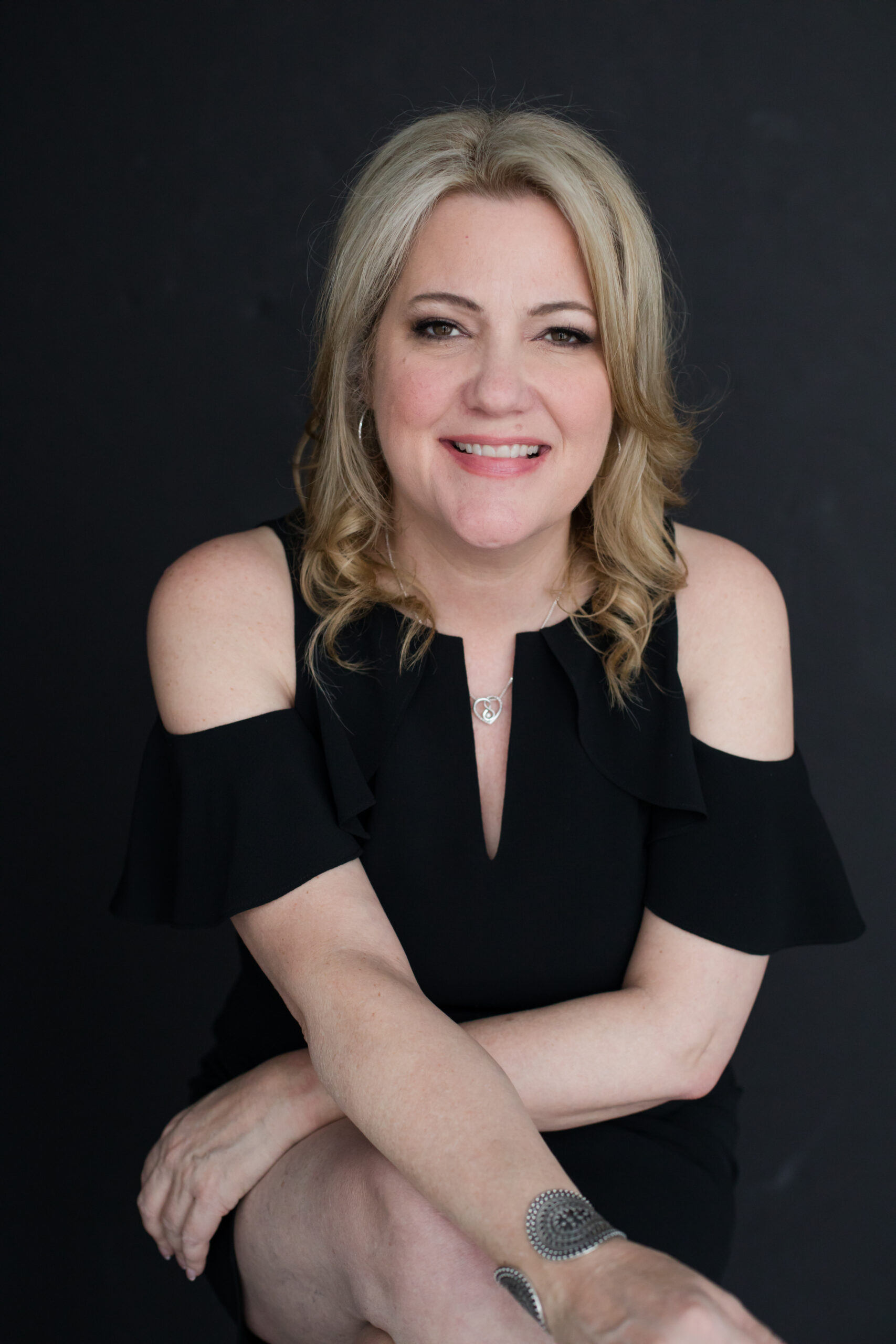How are your active listening skills with others during the pandemic?
When we feel heard and understood our relationships are rewarding and resilient. Be honest with yourself – are you genuinely interested in what other people have to say?
Most people aren’t listening to understand, they’re listening to reply. And that’s where we want to be different. We want to be like detectives! We are learning about the fascinating person standing right in front of us. We are looking to understand why they became who they did and how they are experiencing the world around them. By doing so, we’re giving them an opportunity to be seen and understood. That, alone, is magical because it’s what most people dream of.
And this doesn’t just go for strangers. When was the last time you truly studied your partner or best friend? Your boss, or co-worker? Once we start taking people for granted, we start making all sorts of assumptions. We forget to stop to check in with what’s really going on for them.
It’s like your purse, right. You know how many pockets it has, how to zip/button it, and how to unzip/unbutton it. You no longer stop to check. Because you already know.
People are not things. They do not have buttons that remain the same forever. They change. And if you don’t watch out, the people closest to you will slowly become strangers on some levels—the levels you aren’t paying attention to.
So what do we do? We start to observe their body language and we start to actively listen to them.
The EARS Active Listening Model
The tool I like to use for active listening is the E.A.R.S. model. E.A.R.S. is an acronym for the four steps to active listening:
✓ E stands for encourage. To actively listen, you want to encourage the other person to speak. This is simply done by nodding, acknowledging with “mmhhmm” or “yes” (but not too many as it can be annoying). The key here is to show an authentic interest in the conversation, by encouraging the other party to speak. Verbal acknowledgments such as “uh huh,“go on,”and “I see” are good for showing you are engaging with them, but still allowing them to speak freely. You aren’t interrupting.
✓ A stands for ask questions. By asking thoughtful and clarifying questions, you indicate to the person that you are engaged in the dialogue. Use your toolbox of questions from my blog posts to be able to ask interesting questions.
✓ R stands for reflect. This is usually missed in communications and has such a powerful effect when used correctly! Once a person shares information with you, you want to reflect on what you heard. This is easy to do—simply choose a piece of information that they shared and reflect it back to them. You maintain rapport and show you were listening by using their content in your explanations. By providing feedback to the person and reflecting on what they said, the person senses your engagement and interest.
✓ S stands for Summarize. At the end of the conversation, or the end of a certain topic, you will want to summarize the discussion and outline any possible action items or conclusions. Restate the other person’s main points before you comment on them. Make sure the person agrees with your interpretation of those points. When you present your comments, make only one comment and then pause so that the person can absorb what you’ve said and respond if desired.
Let’s demonstrate this with an example. Let’s say you’re having a conversation with your friend, Lisa:
- “I went on such a bad date with this guy yesterday.”
- “Uh-huh, go on.” (encourage)
- “He didn’t even show up on time and he was wearing super casual clothes, even though we were going on a dinner date. You’d think he’d dress up.”
- “Yes, you’d think that he would dress up, wouldn’t you?” (reflecting)
- “Yes.”
- “Apart from showing up late and not dressing up, what else was it about the date that made you think it was bad?” (reflecting and asking probing question)
- “We didn’t seem to have much in common.”
- “By not having much in common, do you mean you had no shared interests?” (reflecting and asking clarifying questions to make sure you understand what’s truly being said)
- “Yeah. He’s into motorbikes and coding. I like fashion and surfing. There were a few other things as well.”
- “What other things?” (asking probing question)
- “Well, he seemed so uninterested in topics I care about, like women’s rights and art. Like he’s only interested in talking about video games, apps, and road trips with his bike. I’m not into games or apps, but I enjoy road trips. It’s just, I got the sense he doesn’t care about my interests so it makes it difficult to carry on a conversation. He was really good looking and I mean he seemed kind, like he tipped the waitress, he goes by his granddad’s all the time to deliver groceries and have a chat, and he held doors, pulled out the chair for me and all those kinds of things.”
- “So if I’m hearing you correctly, while he seems kind and attentive in that he held open doors and such, he’s not attentive when listening and possibly he did not care to dress up and show up on time?” (summarizing)
And on the conversation goes…
You can also see from this conversation how someone might write you off if you don’t seem to listen when they speak. This guy could very well just have been nervous because he has nothing to say about fashion. The cool thing? When you know how to ask the right questions, you don’t have to have an opinion. You don’t even have to care about fashion, you can just ask because you’re curious to find out what makes the other person so interested in fashion.
- “What is it about fashion that you enjoy so much?”
- “When did you first find out you have a passion for fashion?”
- “Do you have any role models in the fashion world?”
- “That’s so great you have role models. What do you find so inspiring with those people in particular?”
- “Do you think fashion can positively impact the world somehow? If so, how?”
- “What’s the craziest thing you’ve ever heard about in the fashion world?”
You could ask these questions about entrepreneurship, gardening, coding, carpentry, or investment banking, too. Have you noticed though, that when people speak and don’t instantly find a similarity, the conversation comes to a halt?
- “I love music.”
- “That’s great. I guess I’m more into movies. I don’t know anything about music.”
And there it ends…
Usually, we only open up to someone once we’ve established similarities. The thing is, you can find similarities by comparing different fields. In the example above, you can mention that you, too, have role models, albeit in a different field, and think role models are important. Even if one of you have Trudeau and one of you have Trump as a role model, you still have something in common. Crazy as that may sound (and not that neither one has anything to do with fashion, but you get the idea)!




0 Comments